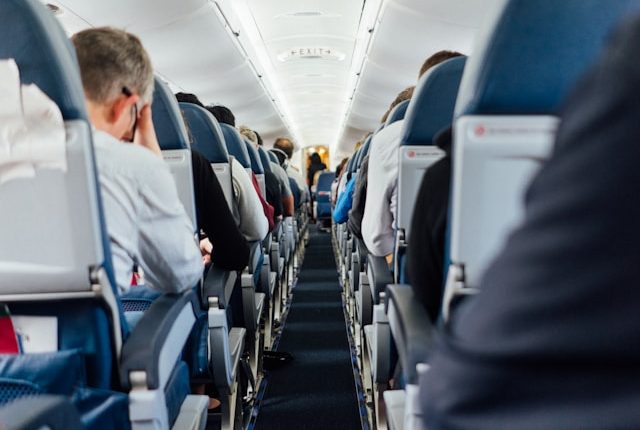The Impact of Fuel Surcharges on Airfares
Higher airfares are expected in August as the Civil Aeronautics Board (CAB) has revised the fuel surcharge levels that airlines may impose on both passengers and cargo during this period. Such changes can create ripples in the aviation sector, directly affecting overall logistics costs across the board.
Understanding the Adjustments
The CAB has established a Level 4 fuel surcharge effective from August 1-31, marking an increase from the previous Level 3 that was in place during July.
This adjustment stems from an advisory released on July 15, indicating rising operational costs for airlines.
Details of the Fuel Surcharge
Under CAB Resolution No. 25, the new Level 4 fuel surcharge rates for passengers and cargo are as follows:
| Type of Flight | Domestic Flight (per passenger) | International Flight (per passenger) |
|---|---|---|
| Fuel Surcharge | P117 – P342 | P85.70 – P2,867.82 |
When it comes to cargo, the Level 4 rates fluctuate between:
| Type of Flight | Domestic Cargo (per kg) | International Cargo (per kg) |
|---|---|---|
| Rates | P0.60 – P1.76 | P1.98 – P14.74 |
The Implications for Airlines
To implement these fuel surcharges, airlines must file an application with the CAB ahead of the effective period, ensuring compliance with the set maximum limits. The rates are influenced by a currency conversion rate of P56.53 to $1 as of June, impacting how fuel surcharges are applied across various markets.
Monthly Evaluations to Adapt Rates
Resolution No. 25 introduces a more dynamic structure wherein airlines will assess fuel surcharges monthly, as opposed to the previous two-month cycle. This structure is designed to allow airlines to adapt more quickly to fluctuations in jet fuel prices, which can be volatile. It uses the Mean of Platts Singapore average for jet fuel prices in pesos per liter to determine allowable charges.
Optional Surcharges and Their Calculation
The resolution stipulates that airlines can impose the fuel surcharge as an optional fee, facilitating flexibility for consumers depending on market conditions. This is particularly crucial when fuel prices spike. Notably, if the average jet fuel price drops below P21 per liter, the surcharge won’t be applied.
Uniform Application Across Passenger and Cargo
The fuel surcharge must be consistently applied across all passengers (excluding infants without seats) and segments. Notably, the surcharge application is applicable only to cargo carried in the aircraft’s hold, ensuring that customers understand what they are paying for and why.
物流考虑因素
As these airfares increase, the logistics sector may feel the pinch, leading to higher overall costs for businesses that rely on air cargo. This surge in airfares is especially relevant for logistics services that manage cargo shipments. Increased costs can trickle down, affecting everything from shipping rates to the final prices consumers pay for goods.
Conclusion: The Broader Effects on Logistics
The expectation of higher airfares, driven by increased fuel surcharges set by the CAB, presents significant implications for logistics and transportation sectors. Understanding these trends can aid businesses in managing their logistics strategies accordingly.
Even the most thorough analyses can’t replicate first-hand experience. Navigating this dynamic environment requires informed decision-making. For those looking to transport cargo affordably and efficiently, GetTransport.com offers reliable global logistics solutions that cater to diverse transportation needs, connecting you effectively with your shipments at competitive prices.
Don’t let changing airfares catch you off guard—start planning your next delivery now. Secure your cargo transportation with GetTransport.com and experience complete transparency and a superior service for your moving needs. 在 GetTransport.com 上预订乘车服务.

 燃油附加费调整可能会提高八月机票价格">
燃油附加费调整可能会提高八月机票价格">